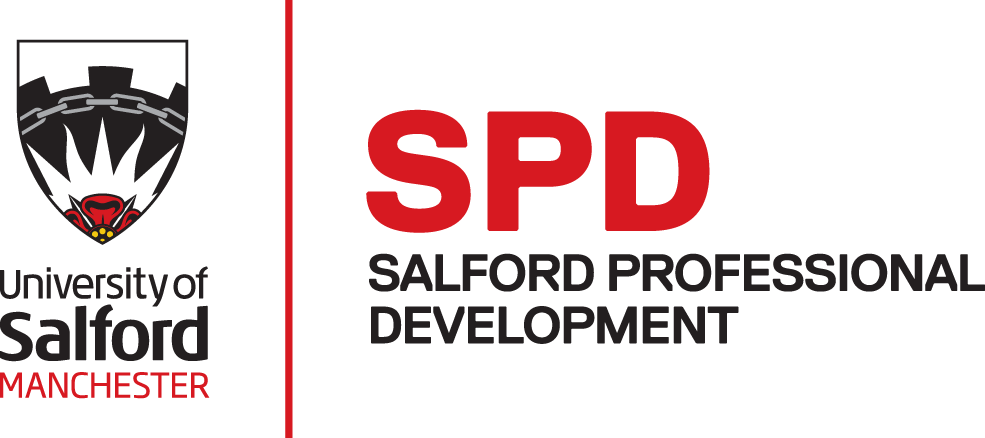The Six Sigma Methodology
The Six SIGMA Methodology
The Six Sigma methodology is a structured approach used for achieving operational excellence by focusing on process improvement and minimising inefficiencies in business processes. This method was introduced in the 1980s by Motorola and gained widespread adoption in various sectors. The purpose of Six Sigma is to improve the quality of products and services, enhance customer satisfaction, and drive efficiency and cost savings.
In this blog we will outline how you can make the Six Sigma method work for you and the benefits it offers organisations.
Methodology:
- Define: Identify the problem or opportunity for improvement, set clear project goals and define the scope of the project.
- Measure: Gather relevant data to understand the current state of the process and measure its performance using metrics.
- Analyse: Analyse the data to identify root causes of defects or inefficiencies in the process.
- Improve: Develop and implement solutions to address the identified root causes and improve the process. This may involve experimenting with different approaches and making changes.
- Control: Establish control mechanisms to monitor the process and sustain the improvements over time. This involves setting up metrics and ensuring ongoing monitoring.
**Note**
For existing processes, the Six Sigma framework uses the DMAIC (Define, Measure, Analyse, Improve and Control), However to assess the design and execution of new processes and products this method is altered slightly to be DMADV (Define, Measure, Analyse, Design, Verify).
How would this framework benefit your organisation?
Improved Quality
The Six SIGMA helps organisations produce products and services of higher quality but focusing on reducing defects and errors, leading to an increase in customer satisfaction.
Enhanced Efficiency
Process improvements results in more streamlined operations, waste reduction, shorter cycle times, leading to improved efficiency and reduced costs.
Data-Driven Decision Making
The Six SIGMA framework relies heavy on data analysis and measurement, which enables an organisation to make more informed decisions based on real evidence rather than intuition.
Better Customer Satisfaction
Better customer satisfaction comes with focusing on the quality of products and services and ensure they are meeting customer’s needs.
Cost Savings
Minimising defects and inefficiencies within an organisation can help achieve significant cost savings through reduced rework, scrap and resources required.
Cultural Change
The Six Sigma framework fosters a culture of constant change and improvements across the entire workforce. Leading to accountability within across employees, encourages people to be more involved in problem-solving and process improvement methods.
Structured Approach:
The DMAIC framework provides a clear and structured approach to problem-solving and improvements.
Competitive Advantage:
Any organisation that successfully implement the Six Sigma can gain a competitive advantage against their competitors, ensuring they are constantly staying ahead of the competition within their industry by delivering high-quality products and services.
It's important to note that successful implementation of Six Sigma requires strong leadership support, training of employees in Six Sigma principles and tools, and a commitment to ongoing improvement efforts. If you're considering implementing Six SIGMA within your organisation, check out our 2-day Operational Excellence Programme which can be taken on its own or apart of the Directors Development Programme, for all the training and one-to-one support you will need.



